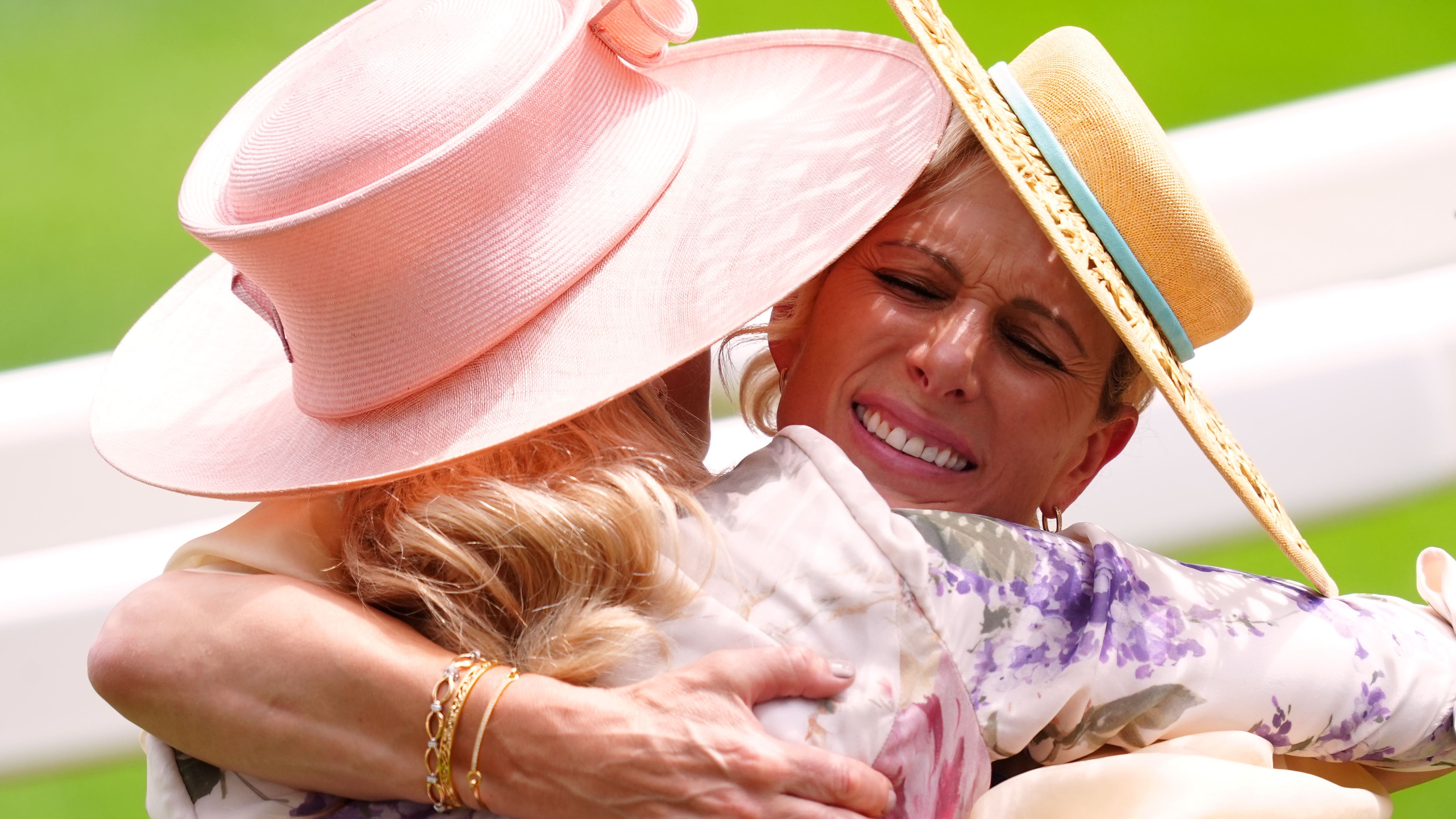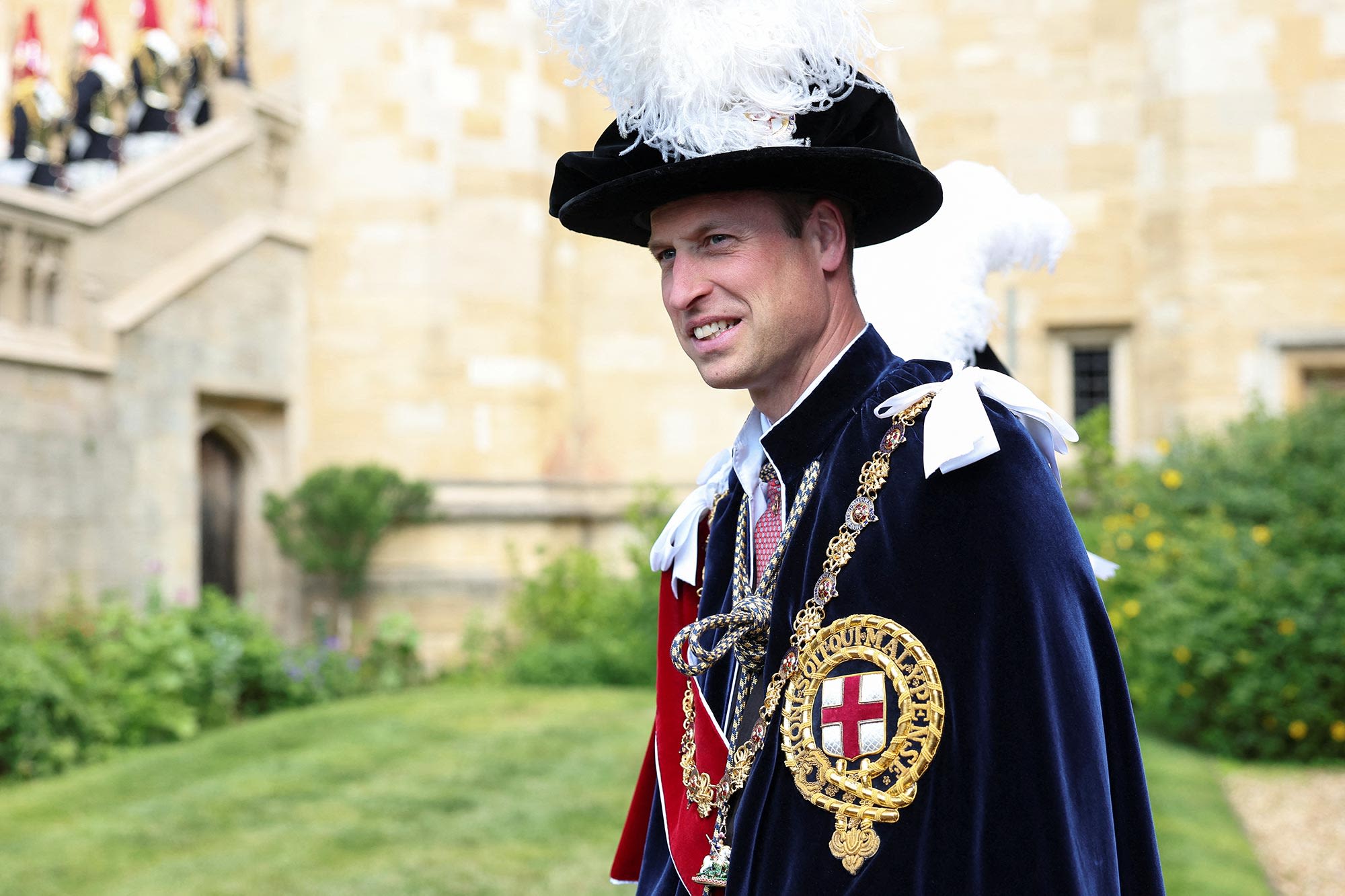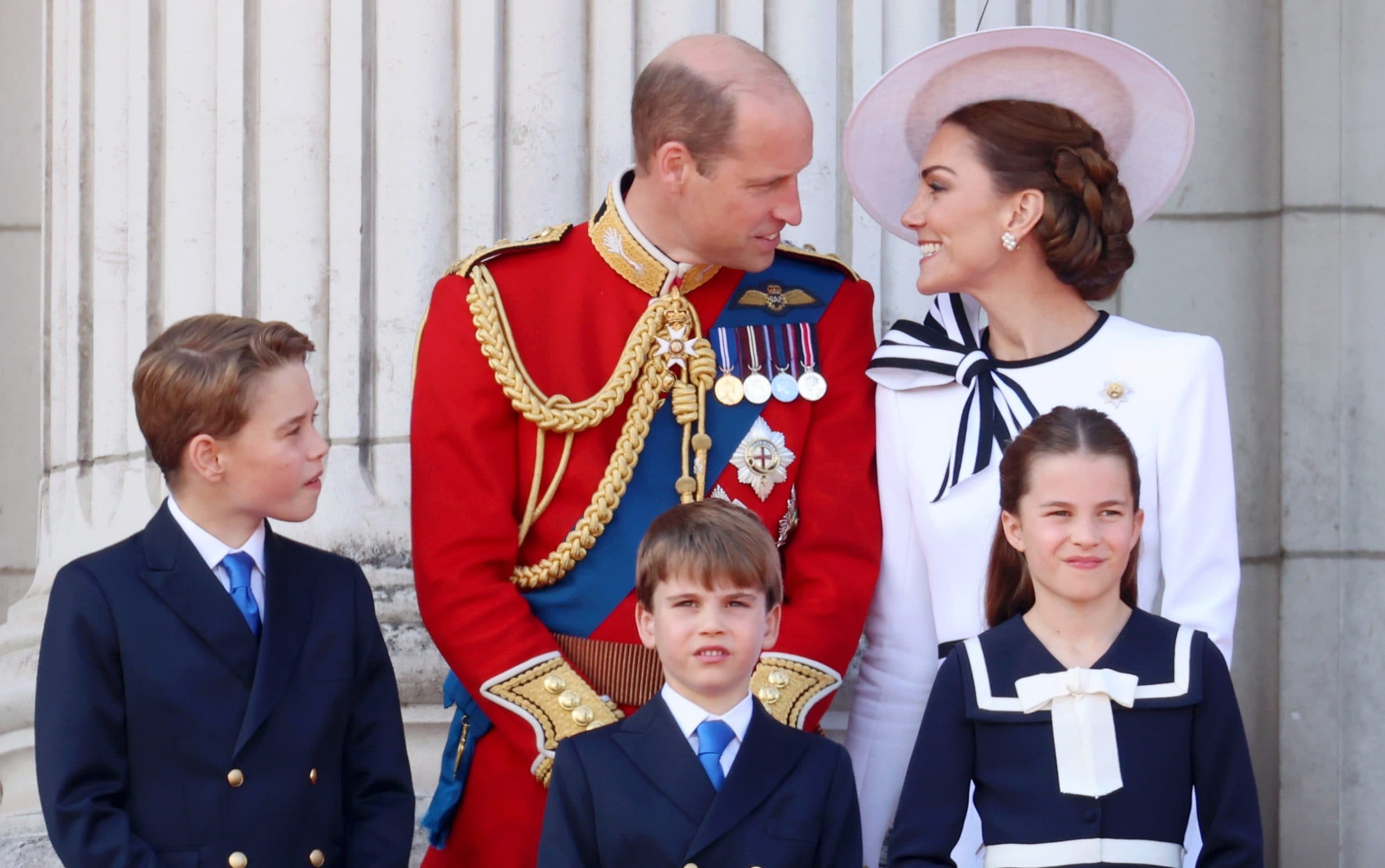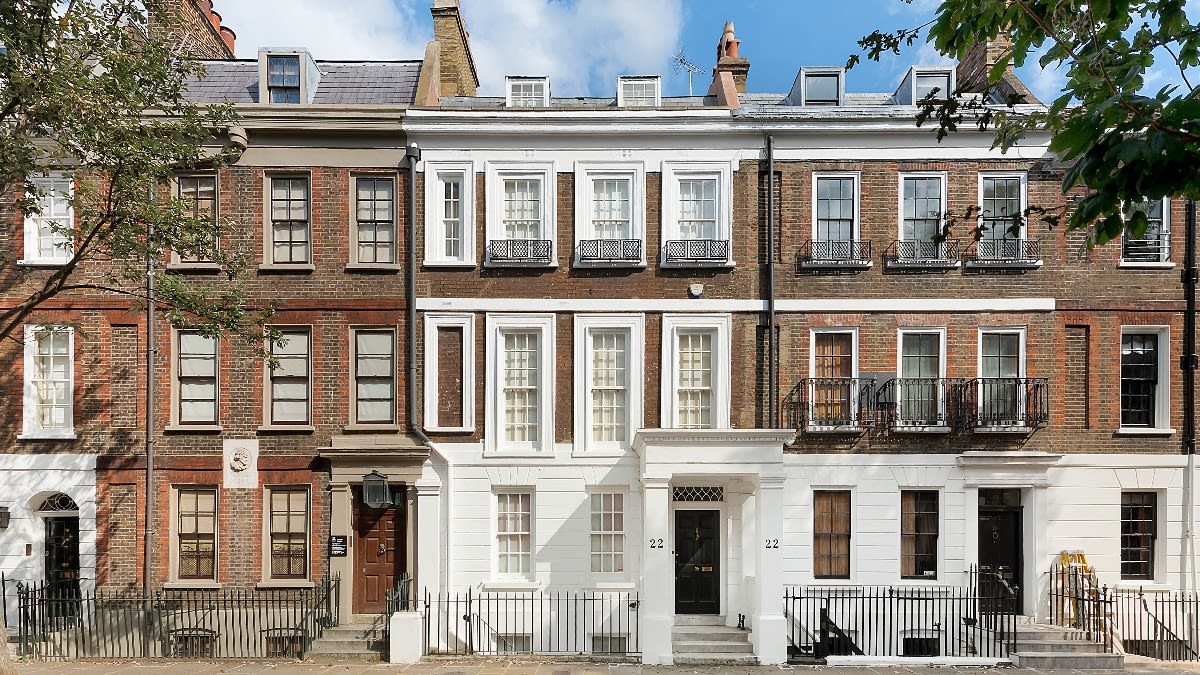Search results
Anne (6 February 1665 – 1 August 1714) was Queen of Great Britain and Ireland following the ratification of the Acts of Union on 1 May 1707, which merged the kingdoms of Scotland and England. Before this, she was Queen of England , Scotland , and Ireland from 8 March 1702.
News about Queen Anne Stakes, Charyn, Billy Loughnane
News about Lady Gabriella Kingston, Royal Ascot, royal family
News about Prince William, Princess of Wales, Trooping the Colour
Also in the news
May 27, 2024 · Anne (born February 6, 1665, London, England—died August 1, 1714, London) was the queen of Great Britain and Ireland from 1702 to 1714 who was the last Stuart monarch. She wished to rule independently, but her intellectual limitations and chronic ill health caused her to rely heavily on her ministers, who directed England ’s efforts against ...
Sep 16, 2022 · Definition. Anne reigned as Queen of England, Scotland, and Ireland from 1702 and then, following the 1707 Act of Union, over a united kingdom as Queen of Great Britain until her death in 1714. The last of the Stuart monarchs, Anne's reign witnessed the Spanish War of Succession which helped Britain establish itself as a major world power.
Anne, (born Feb. 6, 1665, London, Eng.—died Aug. 1, 1714, London), Queen of Great Britain (1702–14) and the last Stuart monarch. Second daughter of James II, who was overthrown by William III in 1688, Anne became queen on William’s death (1702).
Read a biography about Queen Anne - the last of the Stuart monarchs, and the first sovereign of Great Britain.
Queen Anne, younger daughter of James II, is often overlooked by historians, yet her time on the throne (1702-14) changed Britain forever. Her reign saw the end of the Stuart dynasty and laid the way for the Georgian era.
Anne (r. 1702-1714) On William's death in 1702, his sister-in-law Anne (Protestant younger daughter of James II and his first wife) succeeded him. Within months, another war in Europe had started (the War of the Spanish Succession), which was to overshadow most of Anne's reign.
4 days ago · Queen Anne, daughter of James II and the last of the Stuarts, inherited a country that was bitterly divided politically. Her weak eyesight and indifferent health forced her to rely more upon her ministers than had any of her Stuart predecessors, but she was no less effective for that.
In 1714, Queen Anne died, the last Stuart monarch. Sophia of Hanover had died only a few weeks previously, and so her eldest son George, Elector of Hanover became George I of Great Britain.
Anne (6 February 1665 – 1 August 1714) was Queen of Great Britain and Ireland following the ratification of the Acts of Union on 1 May 1707, which merged the kingdoms of Scotland and England. Before this, she was Queen of England, Scotland, and Ireland from 8 March 1702.





